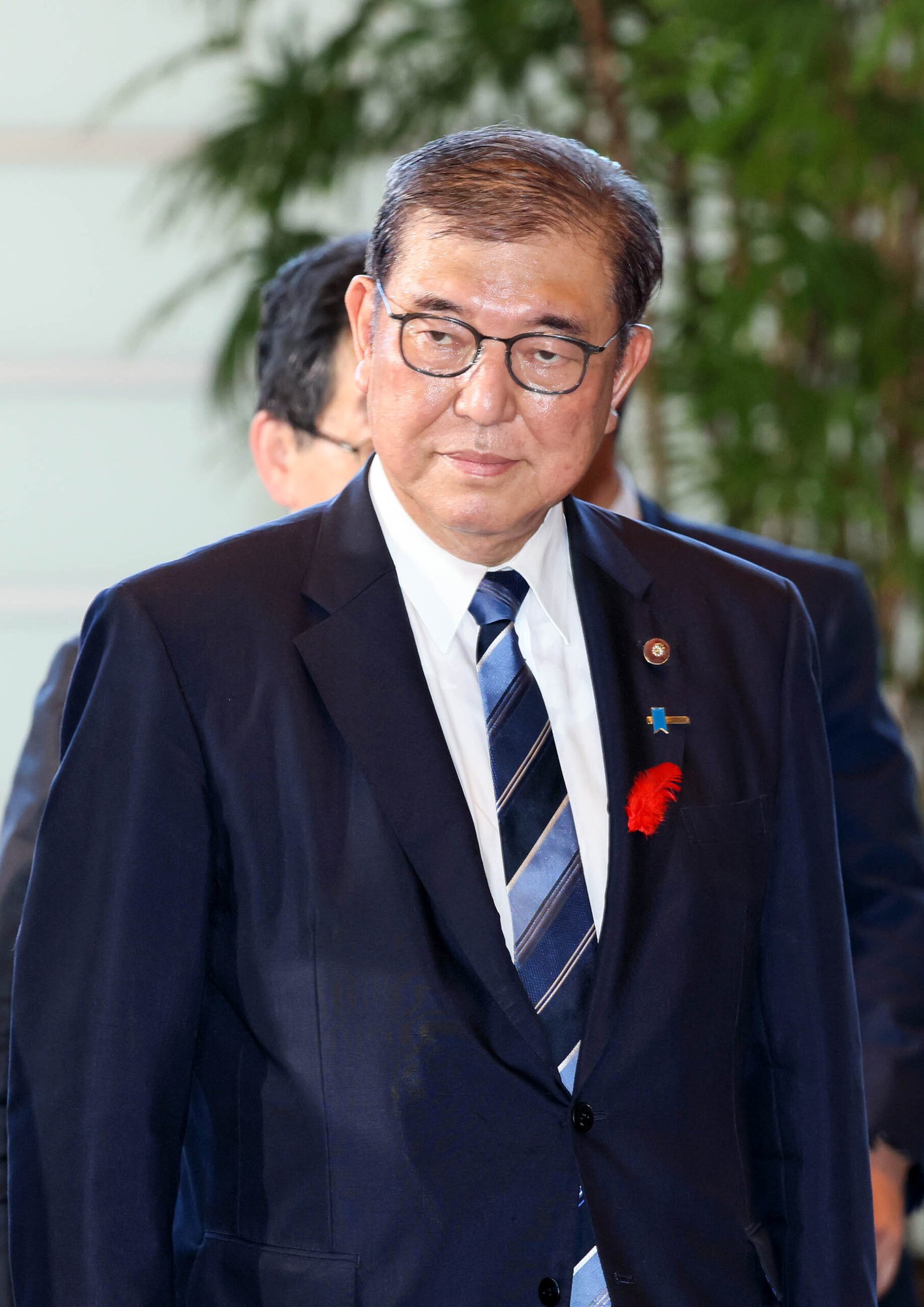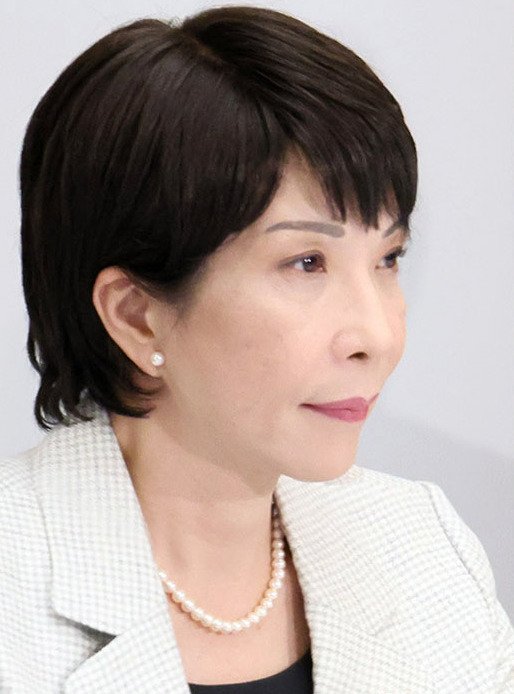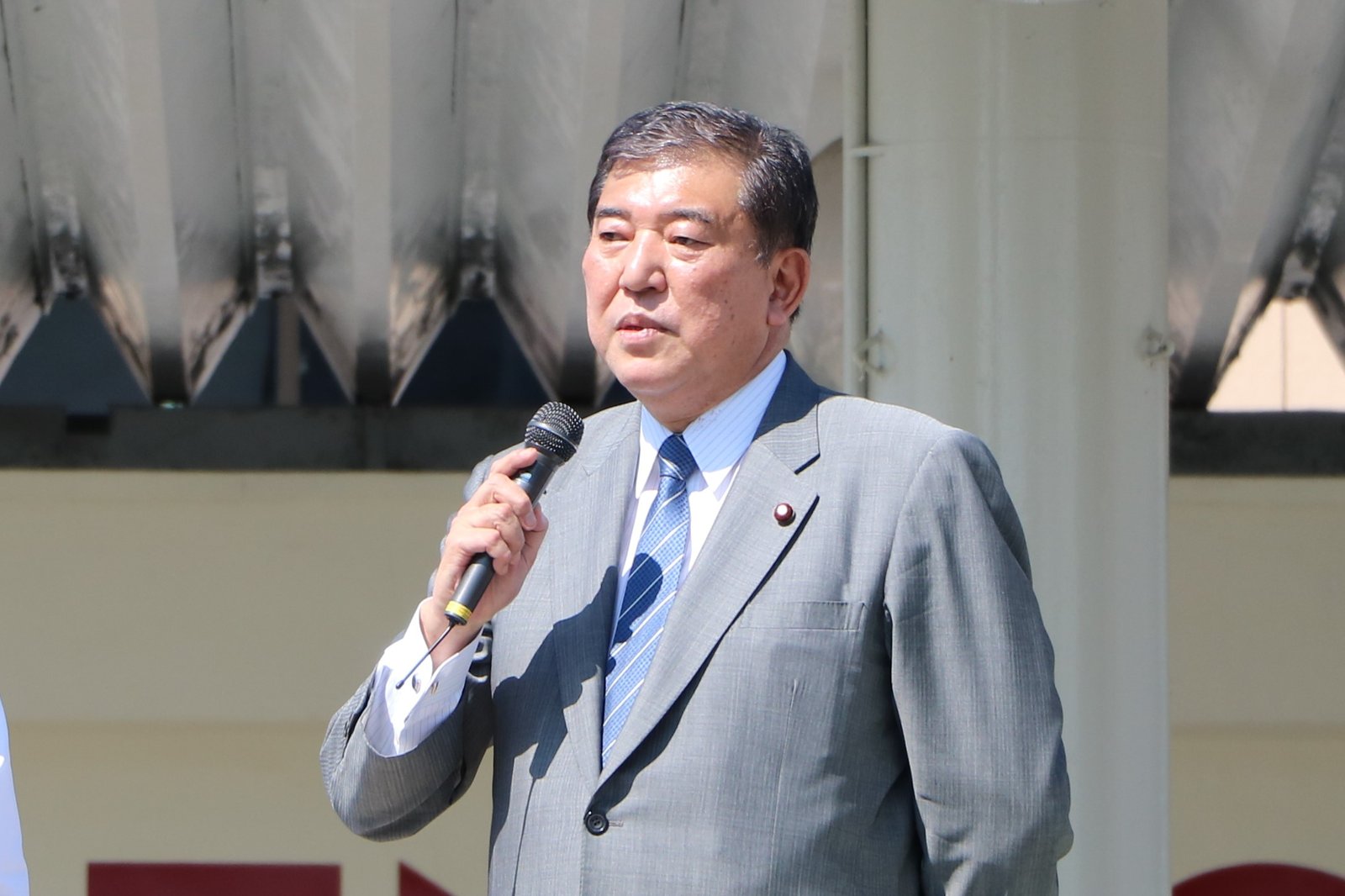Japan Votes: PM Ishiba’s Pledge Amid LDP’s Uncertain Future
- Japan’s general election is crucial for the ruling LDP, aiming to secure a two-thirds majority in the House of Representatives.
- Prime Minister Ishiba, who took office just before the election, faces challenges due to a slush funds scandal within the LDP.
- The main opposition, the CDPJ, hopes to leverage public discontent with the LDP, which has governed Japan for most of the postwar period.
- The election could reshape Japan’s political landscape, with far-reaching implications for domestic policies and international relations.
As Japan heads to the polls, newly appointed Prime Minister Shigeru Ishiba finds himself in the midst of a challenge. The general election, which began on October 27, is the first since 2021 and is being closely watched by local and international observers. The election comes at a time when the ruling Liberal Democratic Party (LDP), along with its junior coalition partner, Komeito, is aiming to retain a majority in the 465-member House of Representatives. However, recent polls suggest that the ruling coalition is facing significant challenges.
This election is particularly crucial for the LDP as it seeks to secure a two-thirds majority, or 310 seats, which would allow them to propose a constitutional revision ahead of a national referendum. The election process in Japan involves voters casting two ballots each — one for a candidate in a single-seat constituency and another for a party in proportional representation. A total of 1,300 candidates are competing for the 465 seats — 289 in single-seat districts and 176 through proportional representation. The final results are anticipated by early Monday.
Prime Minister Ishiba, who took office just eight days before dissolving the lower house on October 9, has pledged to restore public trust in politics and advance key policy initiatives. The 67-year-old premier has promised to ease the inflationary burden on households, bolster national defense against regional threats, and enhance regional economies and disaster resilience.
Ishiba’s Challenges and the LDP’s Backlash
However, the LDP has faced backlash during the 12-day campaign after reports emerged that the party provided 20 million yen (approximately $132,000) to local branches led by members who lacked official party backing due to a slush funds scandal. This scandal has been looming over the LDP since late 2023, eroding public support to levels that ultimately led Ishiba’s predecessor, Fumio Kishida, to step down and clear the way for a leadership change.
The main opposition, the Constitutional Democratic Party of Japan (CDPJ), hopes to leverage public discontent with the LDP, which has governed Japan for most of the postwar period. Prior to the recent dissolution, the ruling camp controlled the more powerful lower house with 288 seats, comfortably above the majority threshold of 233. The LDP held 256 seats, while the CDPJ had 98.
The election strategy shift of Nippon Ishin (Japan Innovation Party) could not only change the political landscape of the Kansai region but might also help to determine who governs the nation. To ensure local political cooperation, Nippon Ishin had refrained from challenging Komeito’s candidates in six Lower House single-seat constituencies in the Kansai region. But Nippon Ishin, now the second-largest opposition party, judged that it no longer needs Komeito’s help and has fielded candidates in those six constituencies this year.
The Road Ahead and Historical Echoes
The Japanese Communist Party is projected to build on the nine seats it held. Public criticism is extremely strong, Ishiba, who became prime minister on Oct. 1, said in a campaign speech on Monday, expressing his alarm about recent media polls showing trouble ahead for the LDP. While such candidates are not running on the LDP ticket, Ishiba has not ruled out accepting them into the ruling party if they win.
This year’s lower house election is also being held for the first time since the country’s largest-ever change to the distribution and boundaries of single-seat districts to rectify a vote-value disparity ruled to be in a state of unconstitutionality. The revision includes adding 10 single-seat constituencies to five prefectures while cutting one each from 10 prefectures, with an eye to narrowing the vote disparity below the 2-fold level between densely and sparsely populated districts.
The rising cost of living is another key issue, with the ruling and opposition parties stressing the need for supporting households. As a former defense minister, Ishiba has indicated that he seeks to build consensus on how Japan should cope with rising security threats from an assertive China and nuclear-armed North Korea and Russia. The LDP’s campaign promises do not include any explicit mention of his vision for a NATO-like alliance and a revision to the bilateral agreement with the United States defining how U.S. troops stationed in Japan should operate.
In conclusion, the Japanese general election is a significant event that could reshape the country’s political landscape. Amid scandals and public discontent, the ruling LDP faces a tough challenge to retain its majority and achieve its goal of constitutional revision. The outcome of this election could have far-reaching implications for Japan’s domestic policies and its relations with regional and global powers. The echoes of past challenges, such as the 2019 upper house poll, serve as a reminder of the complexities of Japanese politics and the high stakes involved in this election.














Post Comment